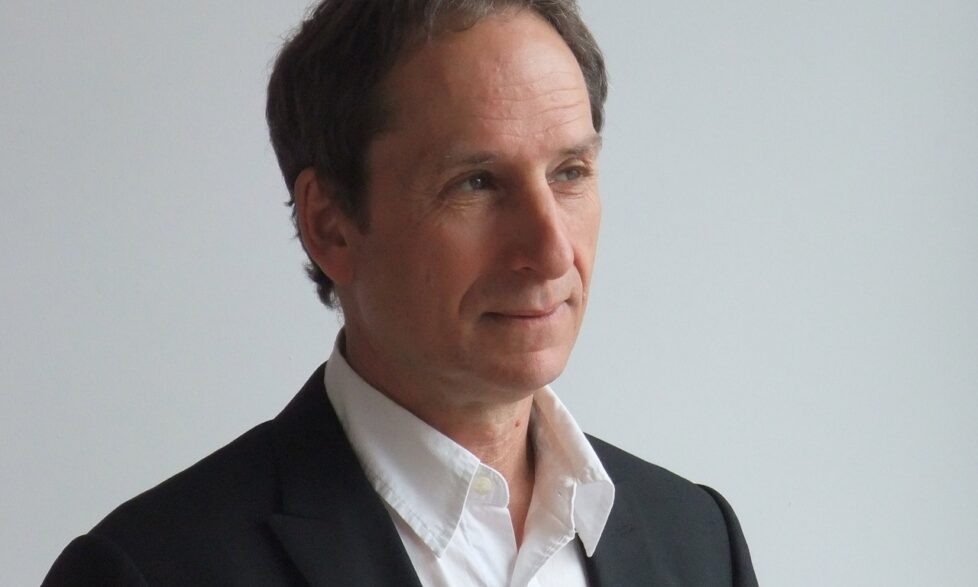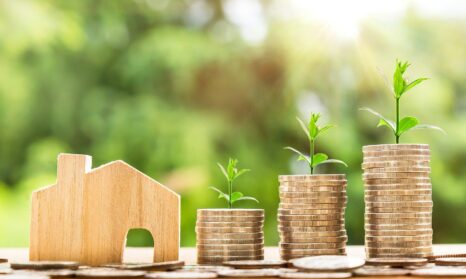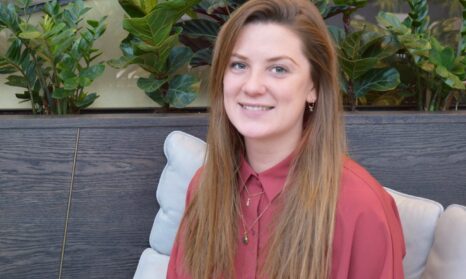“I was always known as the ‘green guy’” - Alex Speigel, One Planet Living champion
What got you into working in sustainability?
I had an amazing professor when I was at architecture school in the 1970s – he enlightened us about the issues way back then. And our course was very forward-thinking – we learned about things that are still seen as ‘new’, like passive house techniques, living roofs and so on. And then of course the oil crisis of 1973 was a wake-up call, reminding the world of some of the dangers of relying on fossil fuels.
I’ve been pretty focused on sustainability ever since then. Throughout my career, until I started working for Windmill, I was always known as ‘the green guy’! People were always asking me why I cared so much about these things. Since starting at Windmill I’ve never had to justify myself.
How do you feel now about the fact that the world has finally woken up to the need to protect our planet and its precious resources?
It feels both good and bad! It’s wonderful that sustainability is so much more mainstream now. I’m excited that young people seem to be so focused on it. They are they future, and they are already pushing the agenda forward so much.
Tell us a bit about Baker District and the vision behind it
The Baker District is an exciting new development that will transform a vacant parking lot in downtown Guelph, Ontario into a unique mixed-use development, anchored by a Central Public Library. The redevelopment will also feature residential, commercial and institutional components, as well as a series of connected public urban squares.
Following in Guelph’s green tradition, the transformative redevelopment will be a model of urban intensification, showcasing sustainability and civic participation in an effort to reshape the downtown.
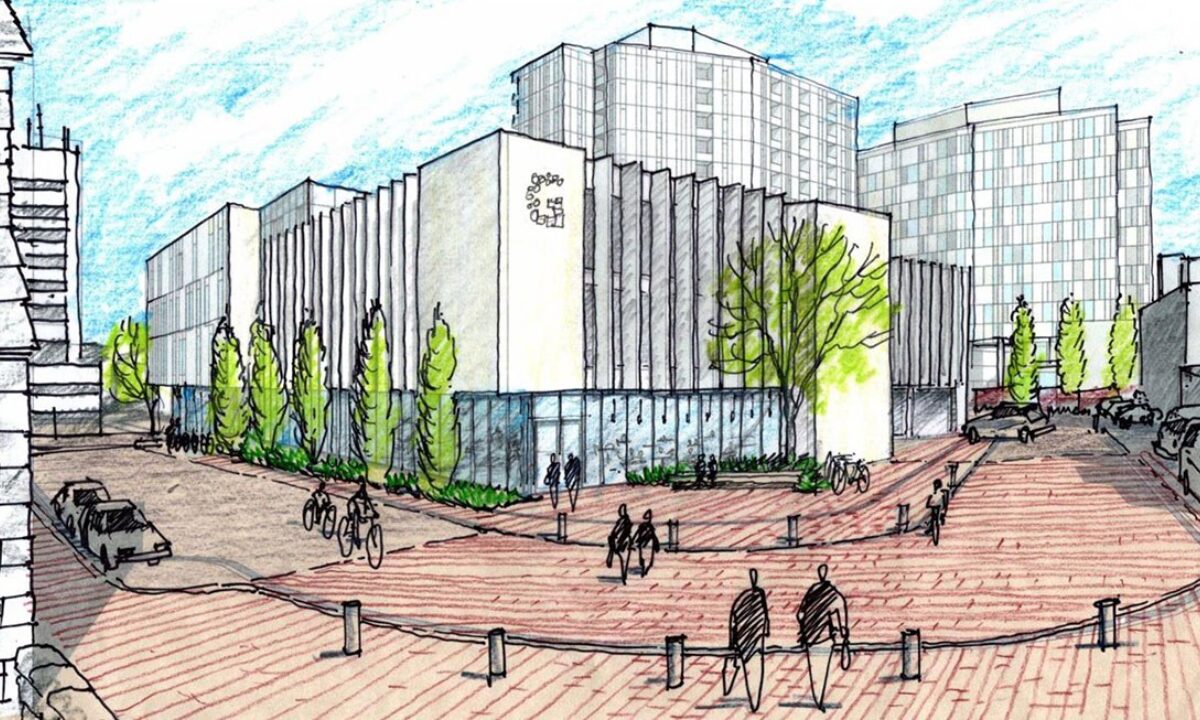
Why did you choose One Planet Living as your sustainability framework?
Not only will the One Planet Living framework help take the city one step closer to reaching its goal of becoming a net zero carbon city by 2050, it will also foster a more sustainable food economy and a more efficient and energy-conscious transportation system offering alternative ways of moving.
It’s becoming more and more evident that issues of climate change, inequality, global health and the economy overlap. They’re all interconnected. The challenge for the real estate sector is to take a more holistic approach to designing and building our communities. One Planet Living’s 10 principles allow us to organize a spectrum of issues in a way that is coherent and actionable.
What do you think are the most unique aspects of the project?
To help us determine which among the One Planet Living’s 10 principles can deliver the deepest impact for the development and the City of Guelph as a whole, we used a process called ecological footprinting, which takes the measure of the resources we use compared to the resources we have available. We began by conducting a baseline analysis of Guelph. One of our key findings was that food consumption accounted for 36% of the overall local footprint. This directly informed a design strategy that emphasized and supported urban agriculture.
How did the surrounding community influence your vision?
Baker District’s focus on food was a direct outcome of our local, ecological analysis. As a city in Southern Ontario, Guelph has a strong farming heritage, a history of local food production and a leading agriculture research faculty at the University of Guelph. The goal was to tie that heritage directly to the site, by introducing food production opportunities in the development, supporting local agriculture, promoting the Planetary Health Diet and pursuing partnerships with local food-related businesses and organizations.
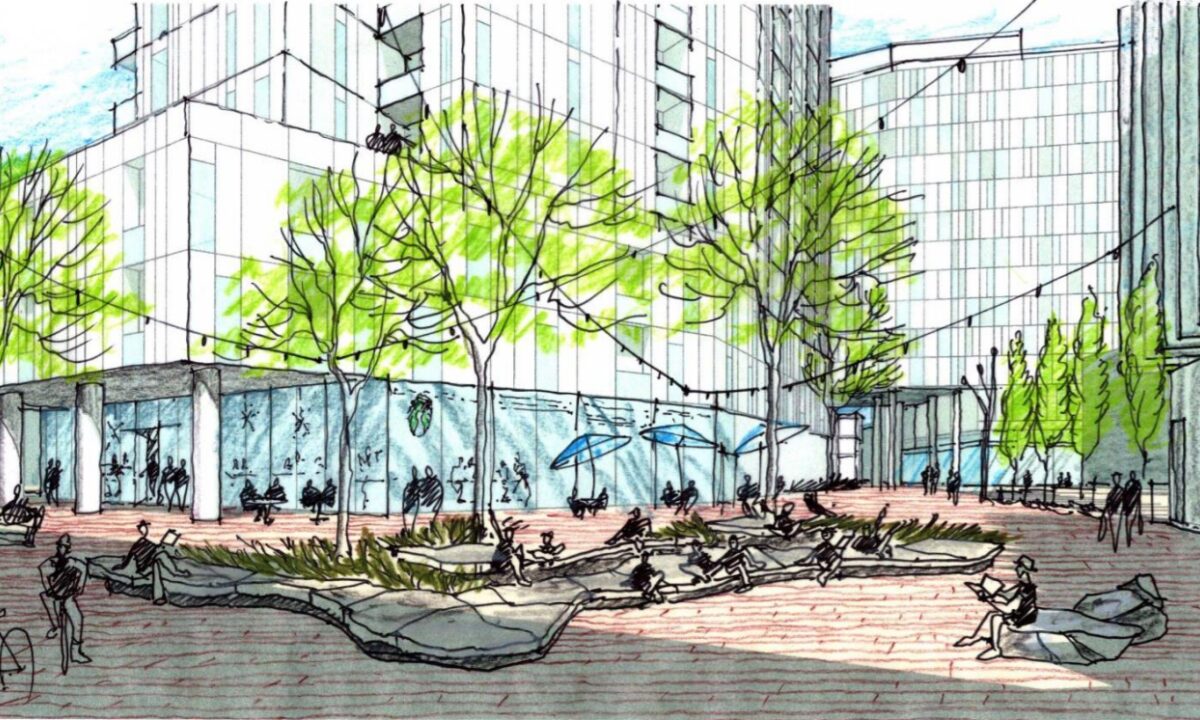
What do you think life will look like for a resident who lives there?
We envision a community that is integrated into a vibrant, revitalized downtown. The Baker District will be populated by residents, employees, library-goers, shoppers and more. Urban agriculture will exist alongside library programming. We are even hoping that a substantial proportion of the library’s roof will have food grown on it. Active transportation will be supported and promoted. Baker District won’t just be a great place to live – it will be a place to congregate, and learn, and serve as an extension of the city and the broader community.
What’s next for the project? What will you be working on in 2021?
Our immediate focus is working with the municipality on the necessary site plan approvals. We’ve made some recent improvements to our design, moving the library into a stand-alone building and the institutional use into the base of one of the residential towers. We will continue to refine these design changes, while pursuing municipal and regional approvals in preparation of launching a sales and marketing program in 2021.
We’ve also finalized our One Planet Action Plan and the performance requirements that will continue to inform the design of the Baker District. Our plan is publicly available here.
With President-elect Joe Biden committing to take the USA back into the Paris Climate Accords, and the next major UN climate talks planned for November 2021, how optimistic are you about the potential for this year to mark a real turning point in global climate action?
I’m a ‘glass half full’ person, so I’m optimistic. The coronavirus crisis has surely taught us that it is possible for us all to make changes in ways that this time last year we would never have conceived of. It remains to be seen whether there will be the will to mobilise sufficiently quickly and robustly to stave off the worst effects of the climate crisis – a crisis which is far less tangible, more slow-moving, but of course far more dangerous. But as I said, I’m an optimist.




